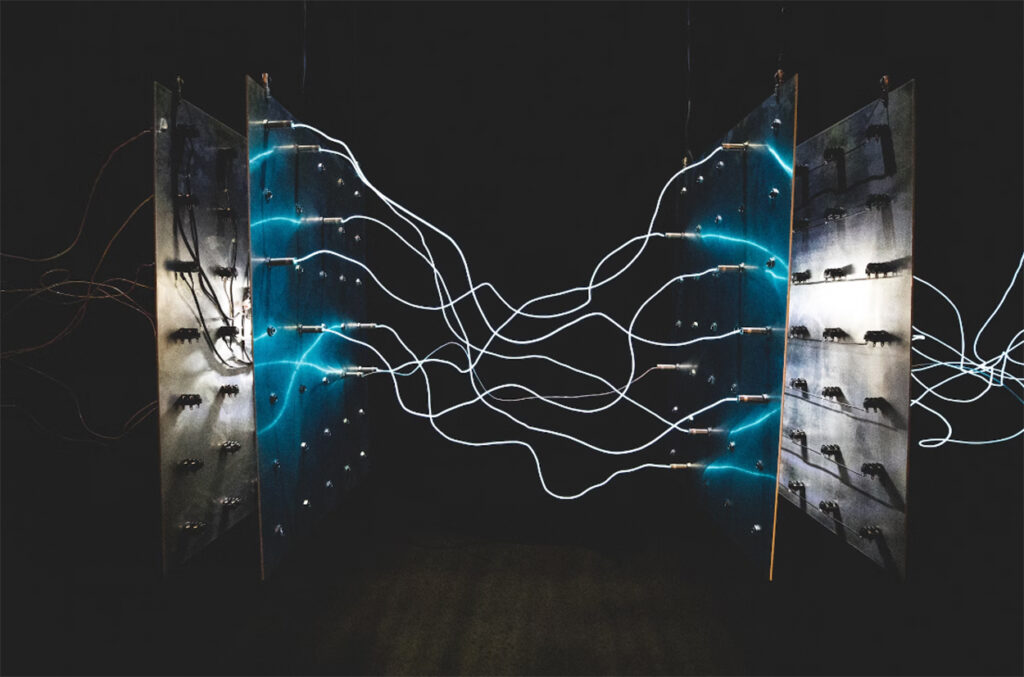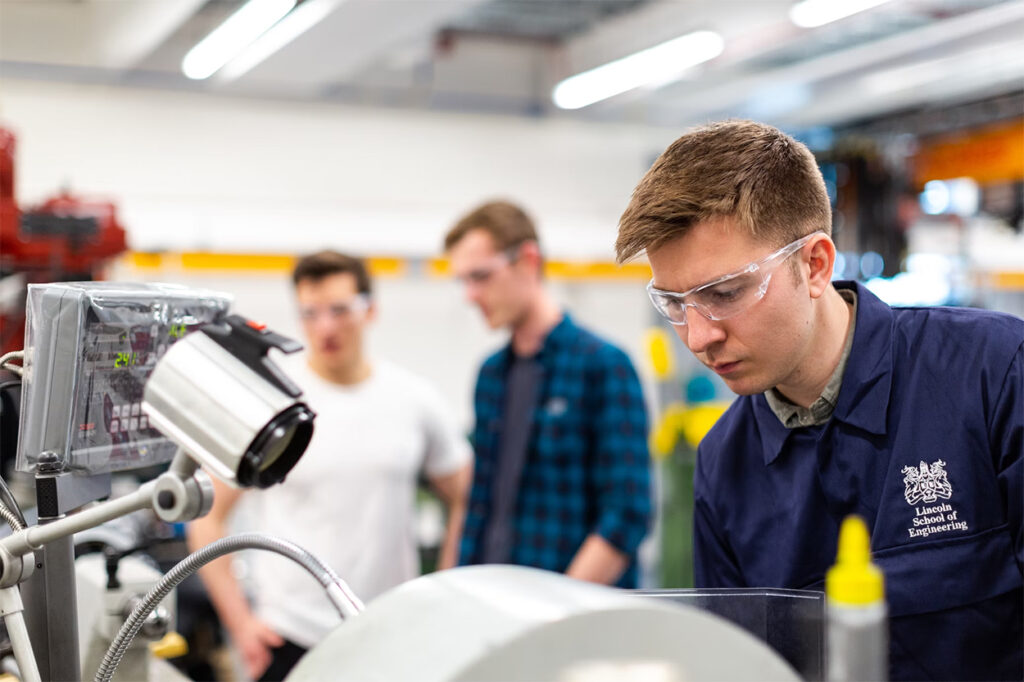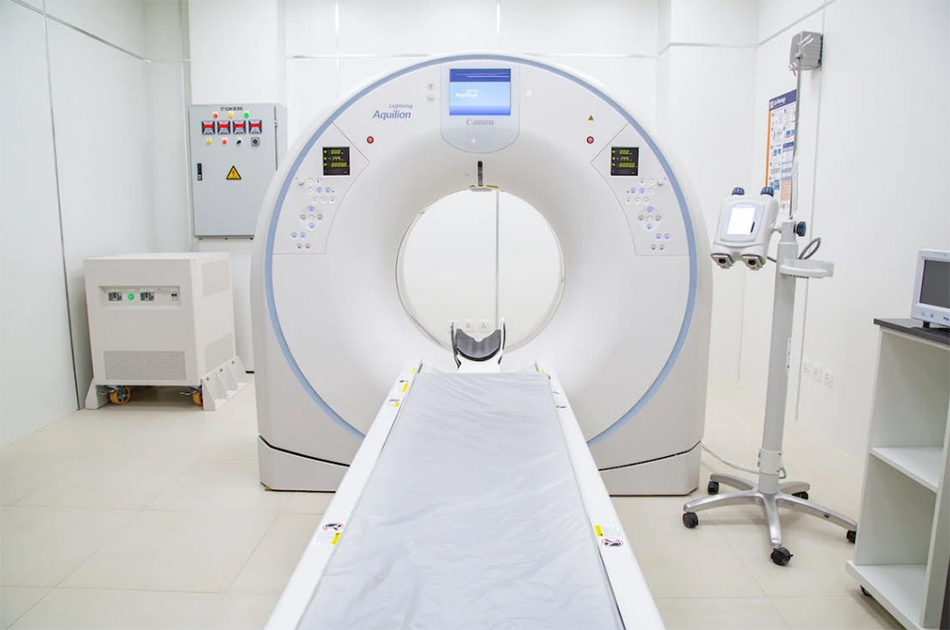The Breakthrough Room-Temperature Superconductor that Isn’t?
In early 2023, South Korean scientists reported a groundbreaking development: the supposed successful creation of a room-temperature superconductor. This excited many in the tech industry because of the vital applications of superconductors, from electricity generation to transportation, computing, and medicine. However, it did not take long for the excitement to turn into disappointment.
Eventually, scientists assailed the claim of what could have been a significant leap towards practical and efficient superconductors. The South Korean researcher responsible for the publication of the research on the compound dubbed as LK-99 retracted the paper and is currently facing investigation.
Sensible skepticism
The production of room-temperature superconductors is a major goal for physicists and materials scientists. The superconductors in use at present are subjected to super low temperatures for them to operate at a decent level of efficiency. Being able to eliminate this need for costly induced cooling is sure to broaden and improve the applications of superconductors.
Unfortunately, for decades, developing superconductors that work at room temperatures has remained a pipe dream. There are many overwhelming challenges to address before even getting close to the possibility of making it a reality. Most of the materials considered for this purpose are exotic and are not inherently stable. They also require extremely high pressure to maintain a state of superconductivity. Additionally, there are safety concerns, issues with energy efficiency, cost challenges, and material availability problems.
It should not come as a surprise that scientists met the LK-99 report with ample amounts of skepticism. The feat of creating a material that can conduct electricity with zero resistance at room temperature seemed almost too good to be true.
LK-99: the breakthrough that broke down
The material named LK-99 by the South Korean researchers is a compound consisting of hydrogen sulfide and carbon dioxide brought together under extreme pressure. It reportedly exhibited superconducting properties at 15 degrees Celsius with pressure of about 267 GPA. Fifteen degrees is not exactly the average room temperature in many parts of the world, but is already warm when compared to the temperatures traditional superconductors operate in. Also, an atmospheric pressure of 267 GPA is quite extreme, as it translates to 2.6 million times the atmospheric pressure at sea level.
Still, if these details were true, LK-99 would be revolutionary for many industries. The energy sector, for one, would greatly benefit from this new material as it has the potential to augment the efficiency of renewable energy sources and drastically reduce energy losses during power transmission and distribution. Maglev technology would also see a major boost in terms of efficiency. Moreover, LK-99 would bring advantages to the technologies underlying MRI machines, quantum computers, and space exploration.
The details published about LK-99 were revealed to be dubious, though. Korea University has already ordered an investigation on the publication of the LK-99, which was reportedly done without the permission of most of the study’s co-authors. Reports say that Young-Wan Kwon unilaterally decided on having it published.
The LK-99 paper’s findings have been found to be non-replicable. Scientists have tried to replicate the material production process as detailed in the research paper. However, none of them managed to produce the same results.
Moving forward
Despite the slew of unflattering news about the hype created by LK-99, its main researcher, Young-Wan Kwon, says that he stands by his research. The South Korean professor says that the study he published was incomplete. He plans to release the complete and original version of his study.
After all, there is nothing in the fundamental laws of physics that makes it impossible to achieve superconductivity at room temperature. A superconductor that does not require super-cooling is theoretically achievable. As such, scientists expect to continue with their respective research on how to develop the technology. The enthusiasm for research on room-temperature superconductivity among scientists remains high.
“It will happen,” asserts physicist Jorge Hirsch of the University of California San Diego in a Guardian interview. Room-temperature superconductivity can be achieved, although it is difficult to cite a specific timeline for it.
Theoretical physicist Lilia Boeri of the Sapienza University of Rome laments the controversy brought about by the premature publication of the LK-99 research, but she remains optimistic. “The sad thing is that there is a lot of nice work going on in the field but this [controversy] has taken so much attention,” Boeri said, as reported in a Science News article.


